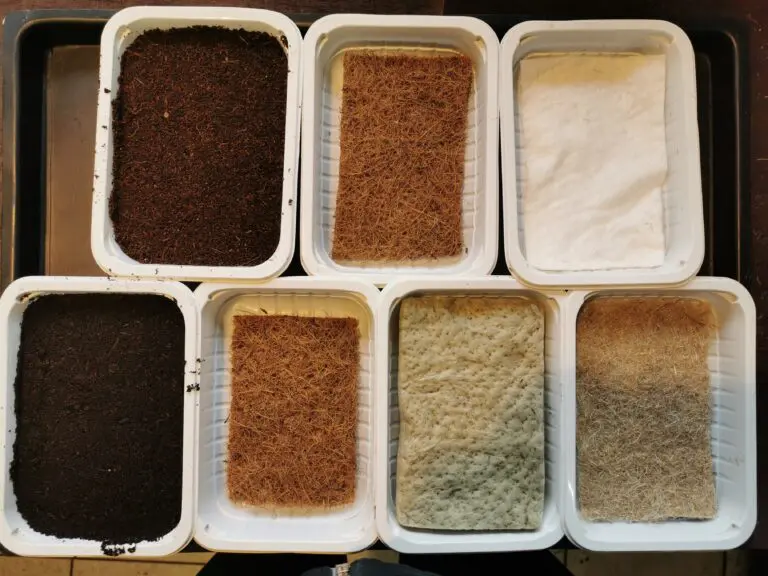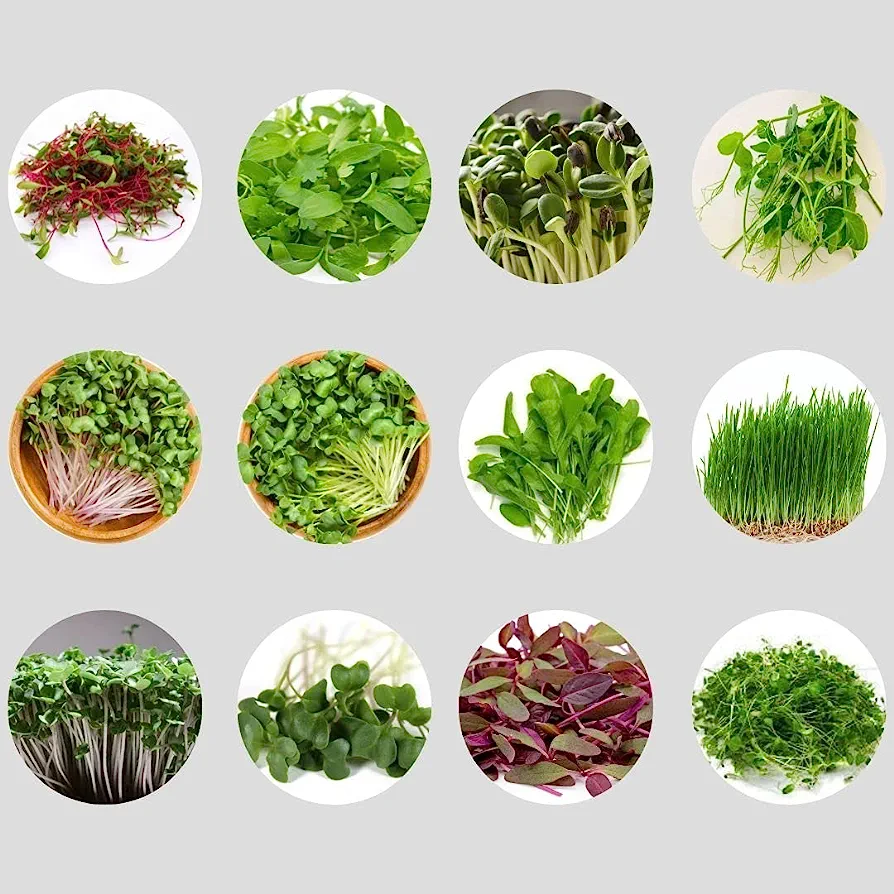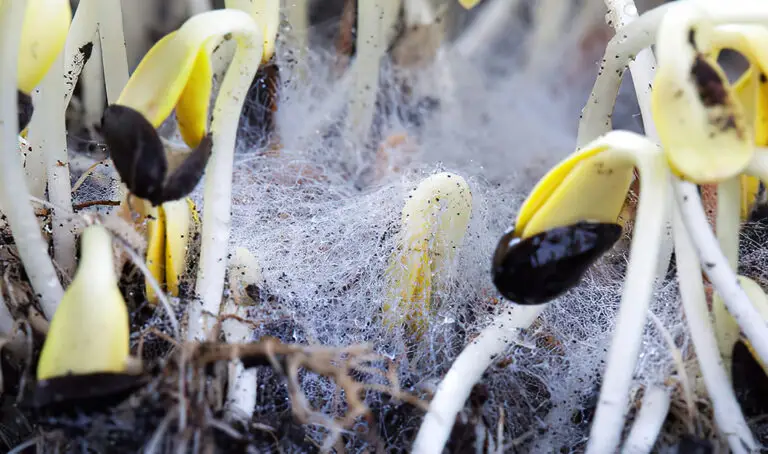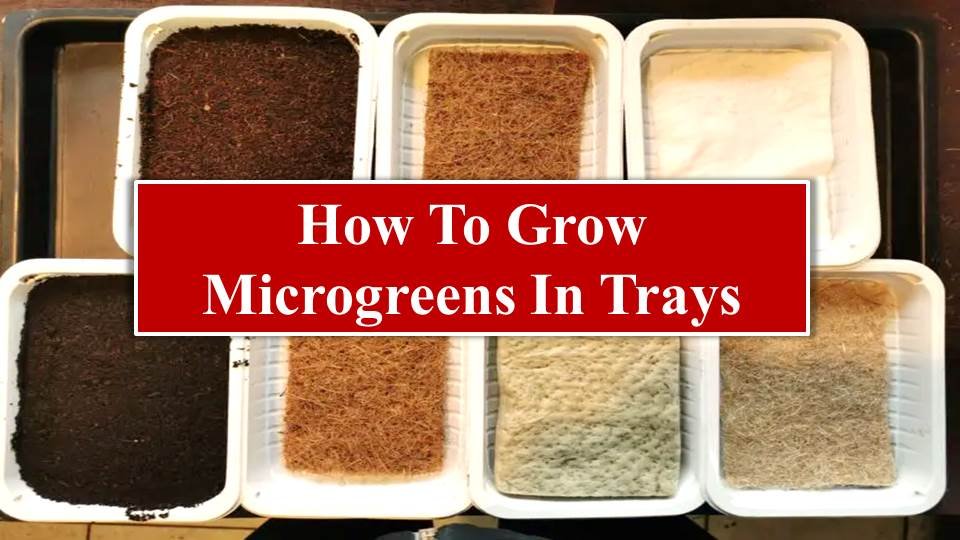HOW TO GROW MICROGREENS IN TRAYS
HOW TO GROW MICROGREENS IN TRAYS-In this modern era, people are giving a huge importance on their health and nutrition. Now, are you ready to commence a fascinating journey of cultivating microgreens that are packed with nutrients, right in your home? Even in your busy scheduled life, it’s very easy to grow these pesticide free nutritious food in your home. Here I can help you by providing a guidance to the cultivation of microgreens.
Tray selection for microgreens
Let’s start with the growing trays. Sometimes, i wondered why people are concentrating more on the material of the trays to grow microgreens. The material and size of trays isn’t that important when growing microgreens in your home. What’s important is the depth of the tray. It’s convenient to use shallow trays than deep trays. It’s ideal to use a tray with at least 2 inches of depth. For commercial production, I can advise you to use 1020 trays. Now what’s a 1020 tray? It’s nothing but the size of the tray- roughly 10 inches by 20 inches. 1010 trays and 5*5 trays are also used widely. Remember to use clean trays. It’s obviously a good idea to reuse the plastic boxes in your home that may once go into the sewage dump but not the egg trays or some fragile trays! You can provide drainage holes at the bottom of the trays which is not much important. Drainage holes are an important factor only when doing the bottom irrigation. Don’t worry! I will explain you about this bottom irrigation in the watering section.
Best medium for microgreens
After selecting trays, the next important step is to select the medium for growing microgreens. I can help you in giving a clear idea on the types of media used for growing microgreens.
The most cheapest, easily available and common medium is potting soil. But for potting soil, the main problem is water logging. The next most important medium is coco coir. Coco coir has high water retention capacity and water logging problem can be avoided. But look before you leap ! coco coir contains some salts since they are grown on the sea shores. So it must be washed in freshwater before use to maintain neutral ph. A mixture of coco coir and potting soil in the ratio 1:1 is an ideal medium for the microgreens.
Other soil-less medium include jute mat, vermiculite and perlite. And for surprise, paper towel too is a good medium.

Seed selection- MICROGREENS IN TRAYS
Don’t judge your day by the harvest you reap but the seeds that you plant! Seed is an important factor that determines the plant health. For microgreens, they are completely dependent on the health of the seed.
Do you know, there is a myth that you have to add additional fertilizers to the growing medium. Seed itself is a bank of nutrients. They contain nutrients required for their germination and growth to a 2-3 leaf stage.
Now you will be thinking that, can we use regular seeds for microgreens. The answer is yes! There is nothing special about microgreen seeds. The stage of harvest only differs from normal sprouts. But some seeds like tomato, egg plants and potatoes belonging to the nightshade family cannot be used. Genetically modified seeds are also not used.
The common microgreens include broccoli, radish, amaranth, spinach, carrot, kale, sunflower, celery, cabbage, pea, beetroot, basil etc.

Light and aeration requirements for microgreens
Our little microgreens until they sprout, there is no need of much light. After sprouting, we can place them near windows with good amount of sunlight, not directly. Natural sunlight is the most affordable and complete spectrum light source available, if growing for home use only. For commercial growers, we can use artificial lights (Incandescent bulbs, High Intensity Discharge, fluorescent light, LED light).
Oops! If your microgreens show wilting or yellowing, it may be due to the light. Microgreens require a day light of 4-5 hours. Proper aeration is also a factor that affects the growth. For commercial growers, they can use fans in the growing room. Otherwise, keep the microgreen trays in rooms with proper airflow.
Watering techniques for microgreens
A plant needs water like a child needs encouragement. Just kidding!
Water is something that cannot be avoided for all living things. Our little greens have to be watered once in a day. No over watering! It may kill them.
Now be keen and listen to me….i will introduce you two ways of watering microgreens- Bottom tray technique and top watering. The first is bottom watering. For this method we require two trays. One with holes for planting the seeds and the other without holes, which is placed below the former tray. The tray without holes have to be filled with water and the other tray with seeds is placed over it. So that the roots can absorb enough water. When the medium gets wet, we can remove the bottom tray.
The second method is top watering. No confusions! It is the normal watering technique using hand sprayer. If you are using paper towels, spray water over the towels until they become wet.
Harvesting of microgreens
Now it’s the happiest moment! After 7-21 days of our little greens life journey, we are going to harvest them. A little effort gives you this beautiful fruit!
Harvesting is a simple process in case of microgreens. Usually microgreens are harvested using scissors, blade or electric clippers. You should be cautious to use sharpened equipments. If it is for sale, you have to make sure that no damage occurs to the stem or leaves of the greens. It can affect the shelf life of microgreens.
Diseases leading to yield loss of microgreens
It will be so sad, if our little greens get infections in their small life period. The common problem in microgreen cultivation is the mold attack. You should take enough care to avoid this fungal attack. Of course! Overwatering is a main reason for this. Proper light and aeration is also required. Maintain a relative humidity of 20-30%. Seed density too matters! Use seeds according to the size of the tray. Overcrowding can cause fungal infections and poor growth. Use clean trays and medium. Try not to use same medium again and again.

Steps for growing microgreens in trays
- Select suitable trays for growing microgreens.
- Soak the seeds overnight to hasten sprouting.
- Spread the medium in the tray.
- Evenly spread the soaked seeds in the medium.
- Now sprinkle water over the medium to keep them wet.
- Cover the tray with a lid until the seeds sprout.
- If possible provide a weight over the lid in order to get the roots deep into the soil.
- After sprouting remove lid and keep the microgreens in a well lighted area with proper aeration.
- Water the greens once in a day.
- After 7-21 days, you can harvest the greens.

